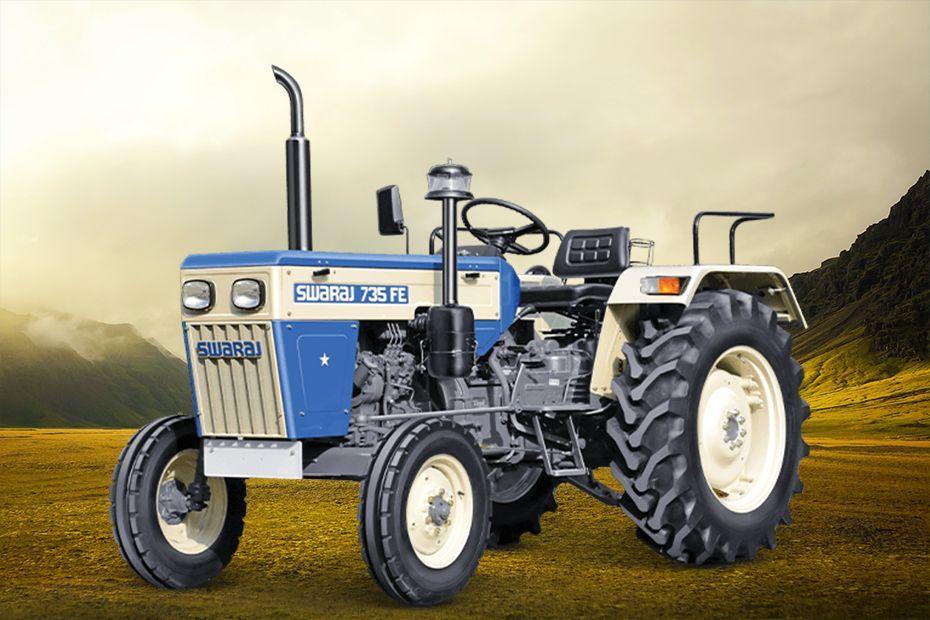
Aeration pumps help to agitate water in a lake. It allows warmer water at the bottom to rise to the surface and melt any ice. The warmer water also provides oxygen from the air to penetrate the water and help with photosynthesis. It can help lakes with low oxygen levels.
Solar pond aeration
Solar pond aeration pumps for lakes use the sun’s energy to aerate your pond. In most places, your pond aeration pump will run up to eight hours daily, depending on latitude and time of year. These pumps are less expensive to install and maintain than their battery-backed counterparts.
Choosing a solar pond aeration pump is a good option if you have a limited budget. You can find inexpensive solar kits that convert the energy produced by your solar panels into electricity. A solar-powered system can be an excellent option for a pond or lake far from a power grid. It is also a great option to avoid installing a traditional electrical line for your aeration pump.
Another significant benefit to solar pond aeration pumps is their environmental benefits. Unlike battery-powered models, solar pumps are powered by sunlight and do not cost a dime. It means you’ll save money monthly on your electric bill while still getting good aeration throughout the day. In addition, these pumps can provide excellent aeration for your pond, even when you’re not home.
Linear diaphragm pumps
If you consider purchasing a linear diaphragm pump for your lake, you must remember that the quality can vary greatly. Some pumps may last for five or more years before needing a new diaphragm, while others may only last for about a decade or two. For this reason, you should consider buying a higher-quality pump. A better-quality pump will last you at least a few years between replacements, and a good pump will last up to 15 years when operated continuously. An excellent linear diaphragm pump can aerate a lake up to 3 acres in size and 10 feet deep.
Linear diaphragm pumps are widely used in aquaculture, pond aeration, and sewage treatment. They have low pressure and long runtime, making them suitable for various applications. They are also ideal for decentralized sewage treatment, where one pump per cluster of households is needed. In addition, in some countries, European laws require that groundwater discharge is of a certain quality.
When buying a linear diaphragm pump for lakes, look for one that produces at least eight cfm of airflow. You can also get a diaphragm rebuild kit to replace worn parts. Some of these pumps can operate up to 4.5 psi.
EPDM rubber air diffusers
The air diffuser is a crucial part of an aeration pump. Its purpose is to introduce air into the bottom of the lake or pond. Using air diffusers can improve the oxygen rate in the water by 80%. Air diffusers are manufactured from EPDM rubber and can be found in various designs.
EPDM rubber air diffusers are custom-molded and can be used in ponds, lakes, and other bodies of water. They resist tearing and retain their shape even after years of use. They also produce fine bubbles with minimal head pressure.
The diffuser assembly is compatible with piston compressors, rotary vane pumps, and high-pressure blowers. Its base is equipped with holes for mooring ropes so that it can be easily anchored to the bottom of a lake or pond. In addition, the dark color helps prevent sediment from settling on the base of the diffuser.
Using EPDM rubber air diffusers for ponds or lakes allows using smaller, inexpensive, and easily-maintained air diffusers that are aesthetically pleasing. Your choice will depend on the size of your pond, the fish you have, and the sort of water you have. These come in a variety of sizes, shapes, and costs.
For general-purpose use, air diffusers with a round-grain pore structure are the most suitable for aeration. These air diffusers can handle pressure from 25 lpm to 80 lpm, providing even distribution of fine bubbles.


















































